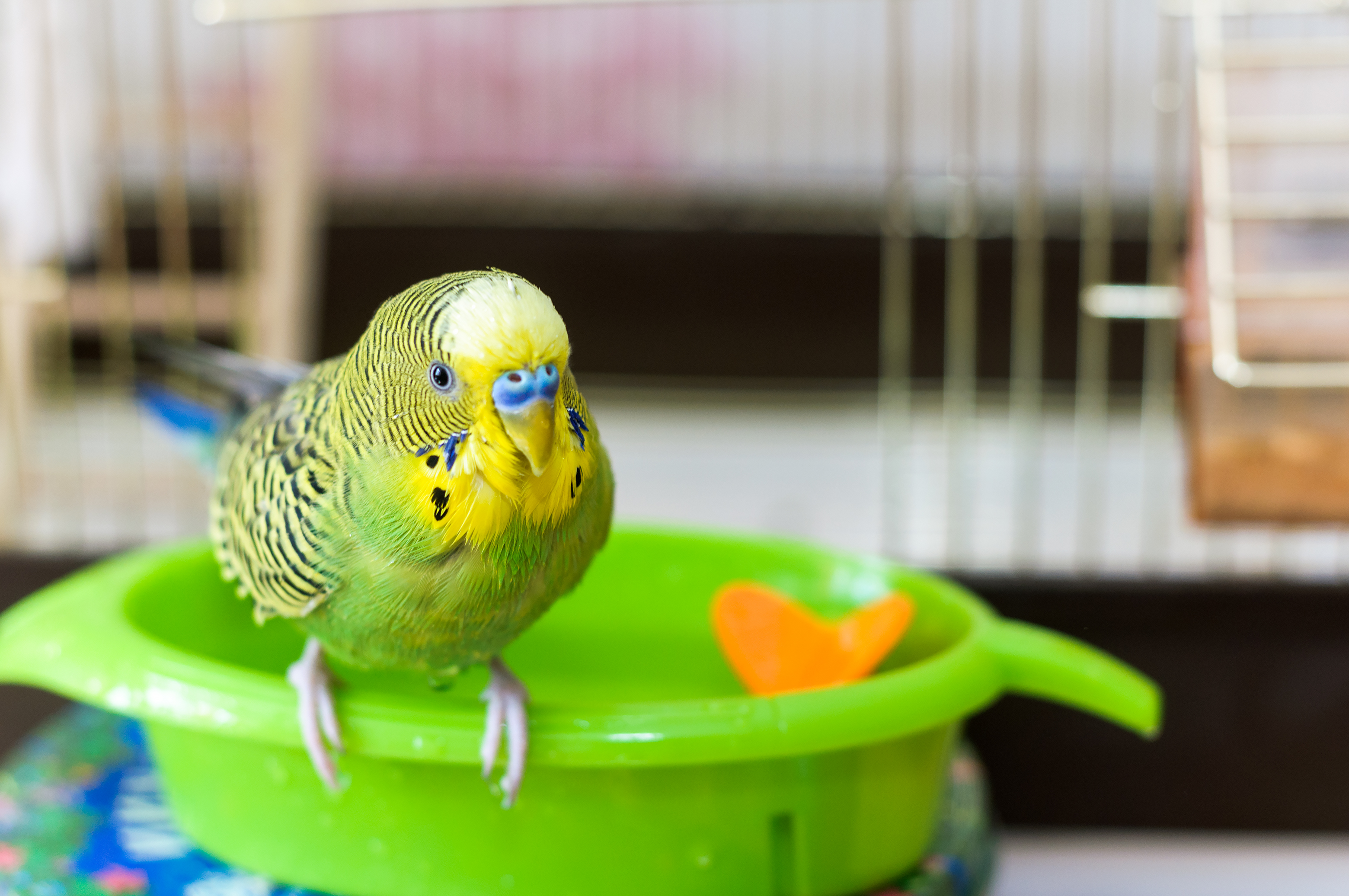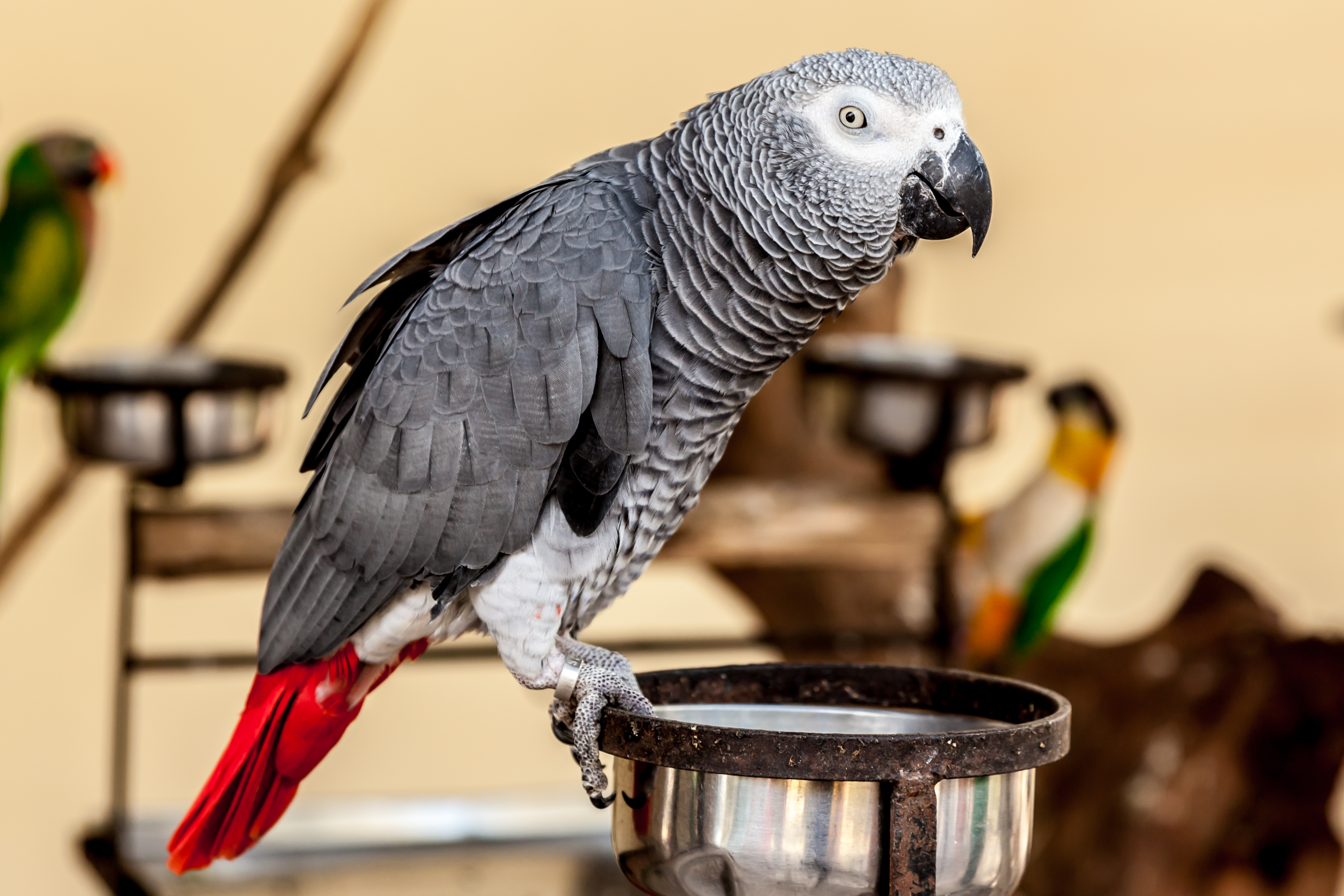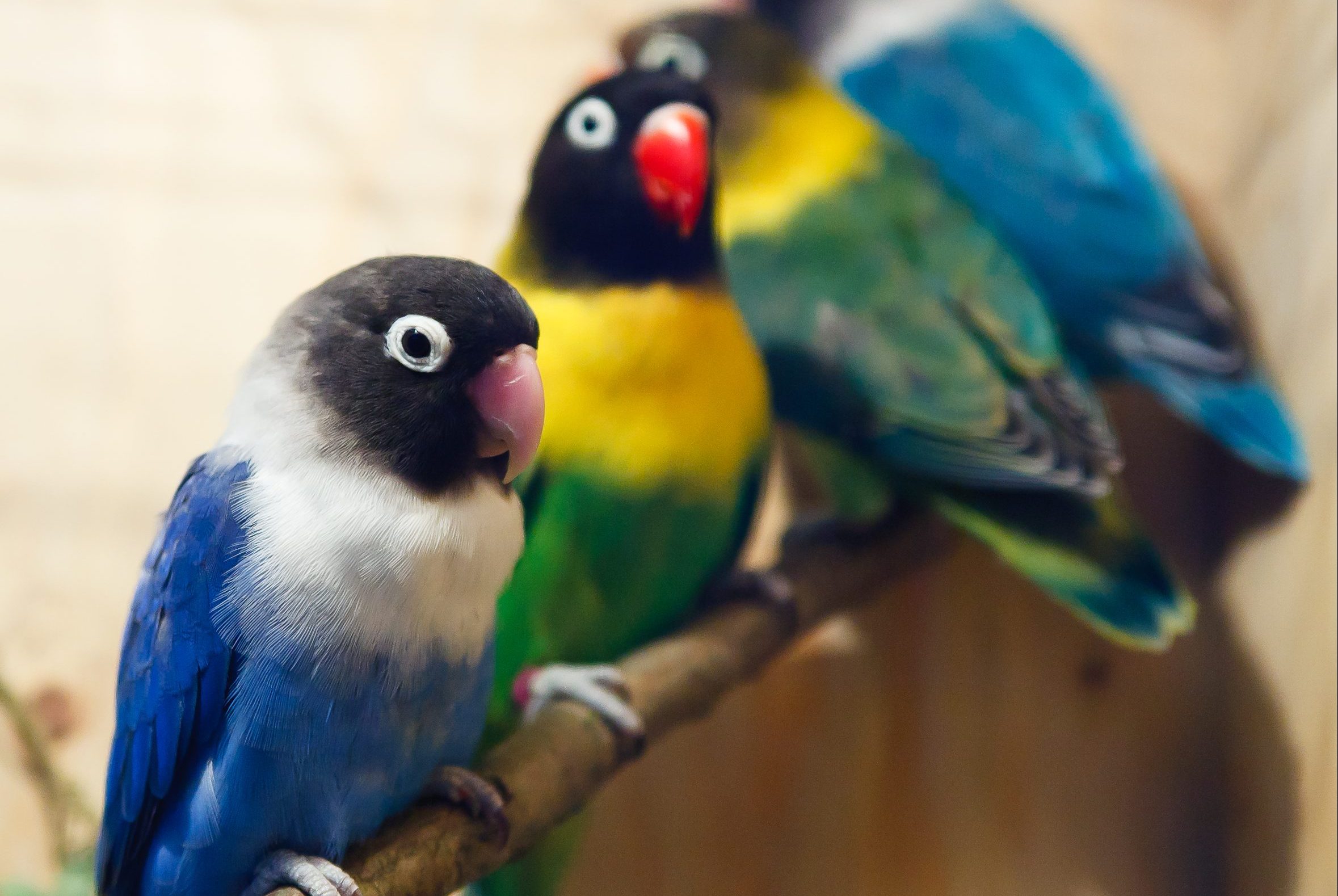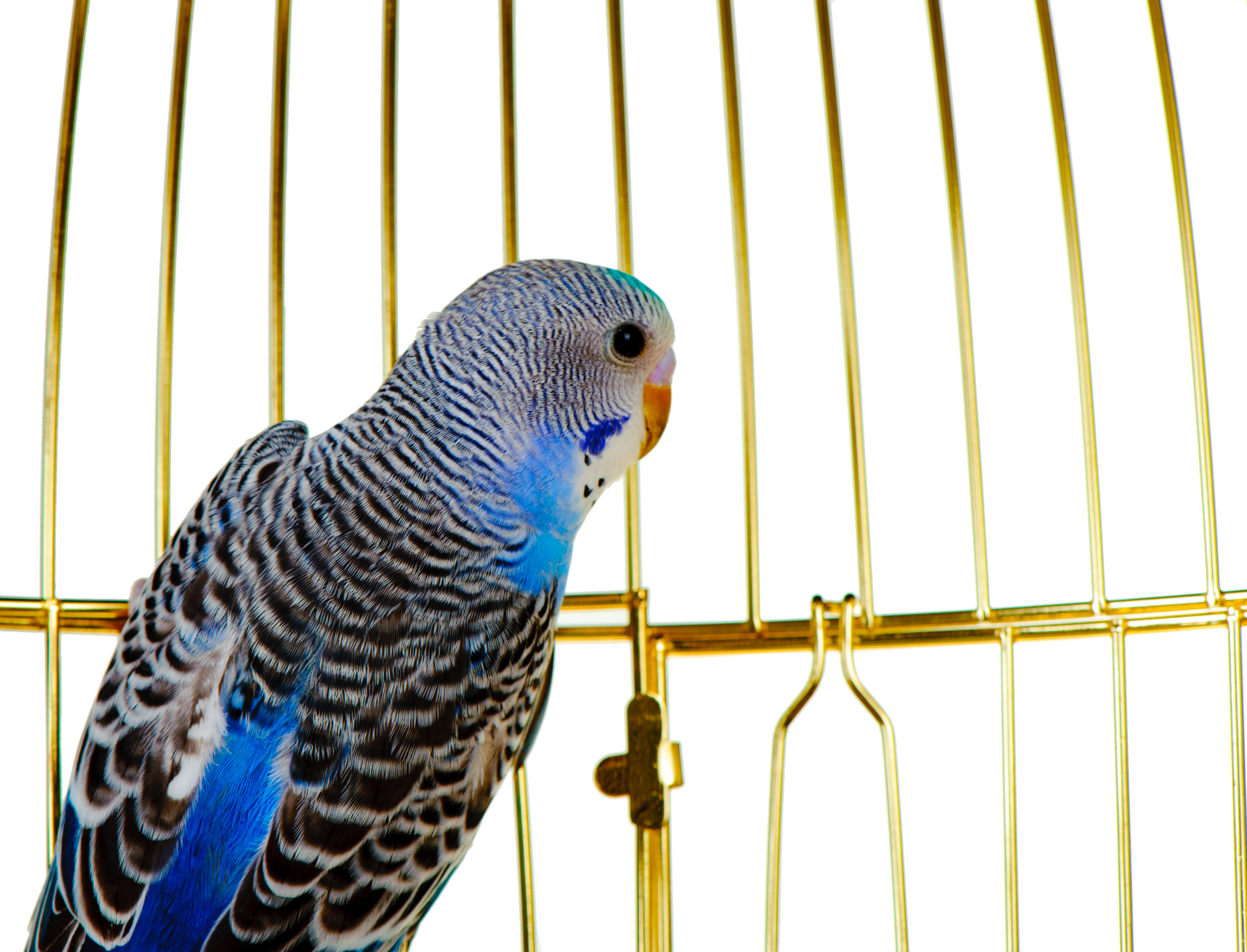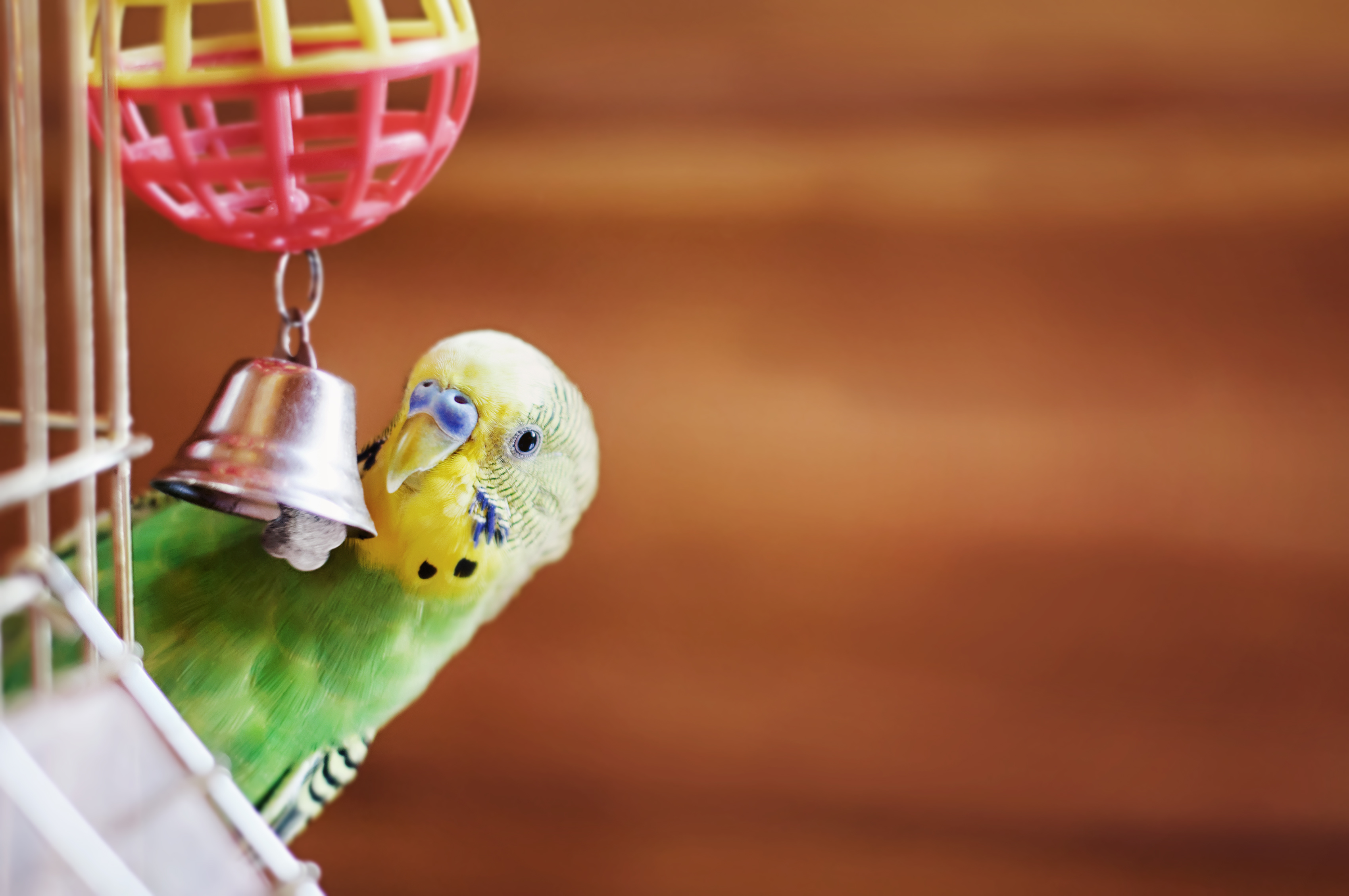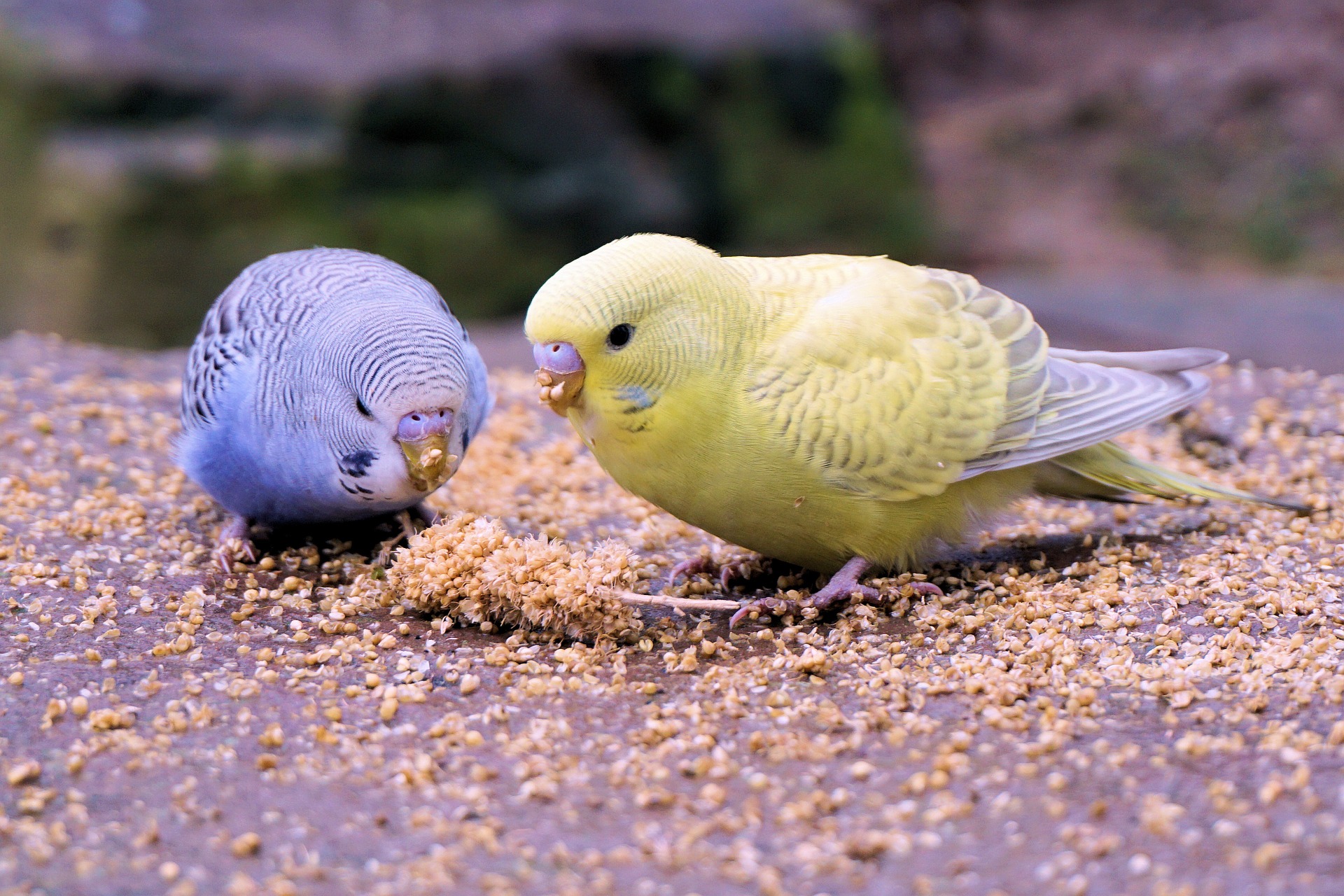All Atwitter About the Great Outdoors
Erik J. Martin //February 2, 2016//
 With February being National Bird Feeding Month, now is the perfect time to think beyond your store window, look to the trees and open sky beyond, and focus on what could be an untapped or underestimated niche that could significantly boost your business’ bottom line: wild bird merchandise.
With February being National Bird Feeding Month, now is the perfect time to think beyond your store window, look to the trees and open sky beyond, and focus on what could be an untapped or underestimated niche that could significantly boost your business’ bottom line: wild bird merchandise.
Consider that approximately three million American households purchase wild bird seed at least occasionally, contributing to a $6.3 billion market in the United States for wild bird feeders and seed, according to the Wild Bird Feeding Industry’s Research Foundation 2014 Benchmark Study. In addition, the U.S. Fish and Wildlife Service reports that 47 million Americans are bird watchers, representing about 15 percent of the population, which begs a serious question: If your store isn’t carrying these goods or at least looking closer at the latest offerings, why not?
While winter—a popular season for attracting and spotting species that congregate in the colder months—is an ideal time to promote these products, wild bird feeding and watching has become a year-round activity that can pay dividends from January through December. Manufacturers are continually rolling out innovative new products to cater to the increased demand for wild bird wares.
Bushy Tails, Be Gone
For instance, squirrel-proof feeders are currently hot items.
“Bird lovers want to attract birds to their backyards, but they get frustrated when squirrels dominate the feeder,” said Alyse Burman, co-owner of The Wildbird Shack, a Mount Prospect, Ill.-based retailer that specializes in wild bird products and has enjoyed brisk sales of squirrel-proof feeders. “A solution like the SquirrelBuster by Brome Bird Care is very popular because the squirrel’s weight forces the top of the feeder down, closing access to the seed ports.”
Other notable takes on this trend include Perky-Pet’s Squirrel-Be-Gone Breakaway Bird Feeder, Droll Yankees’ Jagunda Squirrel Proof Bird Feeder and More Birds Squirrel-X3.
Other Feeder Leaders
Bird watchers who crave more transparency in their hobby (literally) can now select from a variety of see-through window feeders. Nature’s Hangout makes an acrylic model that hangs on the pane via all-weather suction cups, and the Birds-I-View Window Feeder from Nature Anywhere is a similar product that also boasts a feed ventilation system that prevents mold growth.
In the category of cool feeders, Perky-Pet may have the market cornered with its NO/NO Solar Lighthouse Finch Feeder. It is shaped like an actual lighthouse, glows in the dark and features an all-metal construction to deter squirrels.
Other runners up in the cool category include feeders from Rapps Retail and Droll Yankees. Rapps Retail’s soda bottle bird feeder kits, which allow economically- and ecologically-minded customers to recycle a plastic two-liter pop bottle. The bottle attaches to a plastic base, instantly creating a simple but effective hanging feeder. The compact new Cutest Chickadee Bird Feeder by Droll Yankees sports a half-dome transparent umbrella top that shields seed and songbirds alike with a rounded, simple design.
Eating Like a Bird
When it comes to seed, there’s more diversity across the market than ever before. Noteworthy examples include:
• Audubon Park’s new Songbird Selections with NurtriThrive, consisting of wild songbirds’ favorite seeds (coated with an oil-based, nutrient-rich topping that delivers essential vitamins, minerals and essential fatty acids) without any filler seeds. The packaging is also innovative, courtesy of its easy-to-reseal closure that simplifies the pouring of seed into feeders and the use of a quad-seal bag that keeps the product looking rigid and upright.
• Lyric’s Fine Tunes 100% Edible No-Waste Wild Bird Mix, offering finely cut pieces for smoother flow into feeders, roasted peanuts (preferred by birds) instead of raw peanuts, hulled white proso millet and a grab-and-go handle for a more convenient carry and pour.
• Goldenfeast Wild Bird Food, specially formulated to appeal to a wide array of colorful songbirds, to be waste free and to be compatible with virtually all wild bird feeders.
Offering an in-house/private label feed can also be profitable. Burman’s store, for example, exclusively sells a Wildbird Chics’ Special Blend, starting at $16.50, containing premium seeds (including Nutrasaff safflower and hulled sunflower) and fruit, but not peanuts (due to peanut allergy concerns around children).
“We also have a Seed-a-Plenty program that rewards the customer with a 20 percent discount if they buy more than three bags in a single transaction,” Burman said.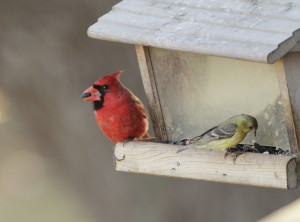
Capturing a Wild Segment
Ed Mills, co-founder/principal of Global Harvest Foods, Ltd., in Seattle, said retailers who successfully capture market share in the wild birds segment are focused on “good,” “better” and “best” programs that make it easy to trade the consumer up the continuum.
“Opening priced point products should look inexpensive, and premium products should look premium. Also, off-shelf quarter pallet and full pallet stackouts help drive the category at retail,” Mills said.
“The number one consumer complaint while shopping the wild bird food category is that consumers cannot tell what is what when they’re standing in front of the set at retail,” Mills said.
Consequently, he advises retailers to avoid packaging that blends into the offering.
“In other words, premium products in inexpensive packaging that makes it hard to decipher it from the lower price point items in the assortment,” he explained.
Lastly, to build customer interest in the segment, try hosting educational workshops and special events related to wild birds. Burman enlists a local expert to give in-store presentations on correct feeding practices and lead bird watchers on nature walks in the area. Additionally, consider stocking at least a minimal assortment of care guides and how-to books devoted to the topic of wild birds, including the recently published and highly acclaimed “Feeding Wild Birds in America” from Texas A&M University Press.






